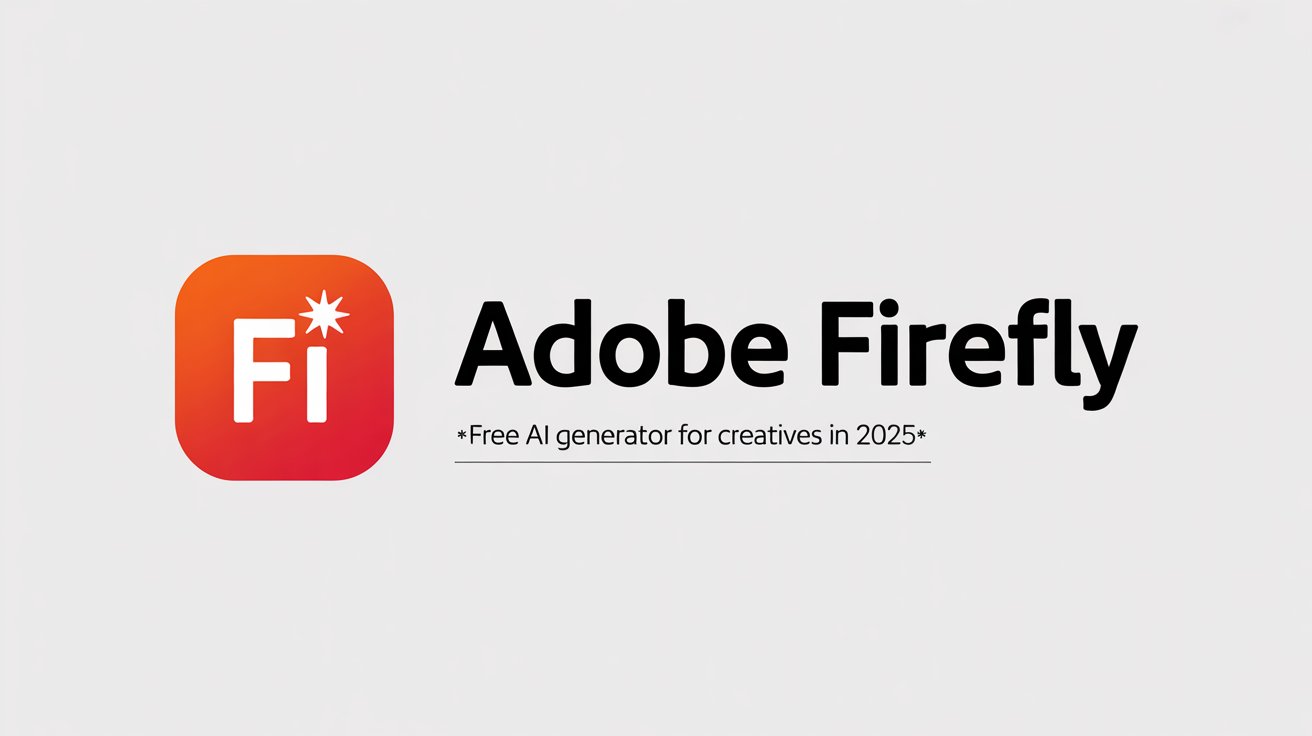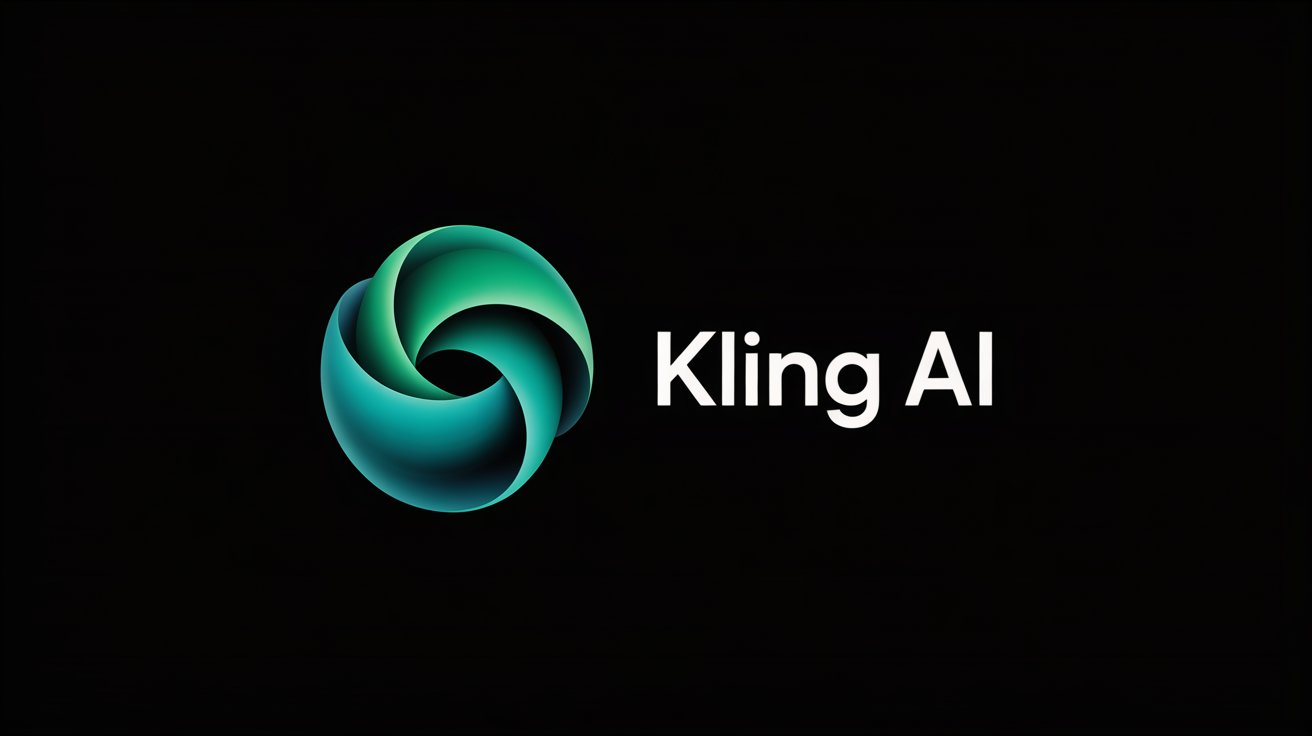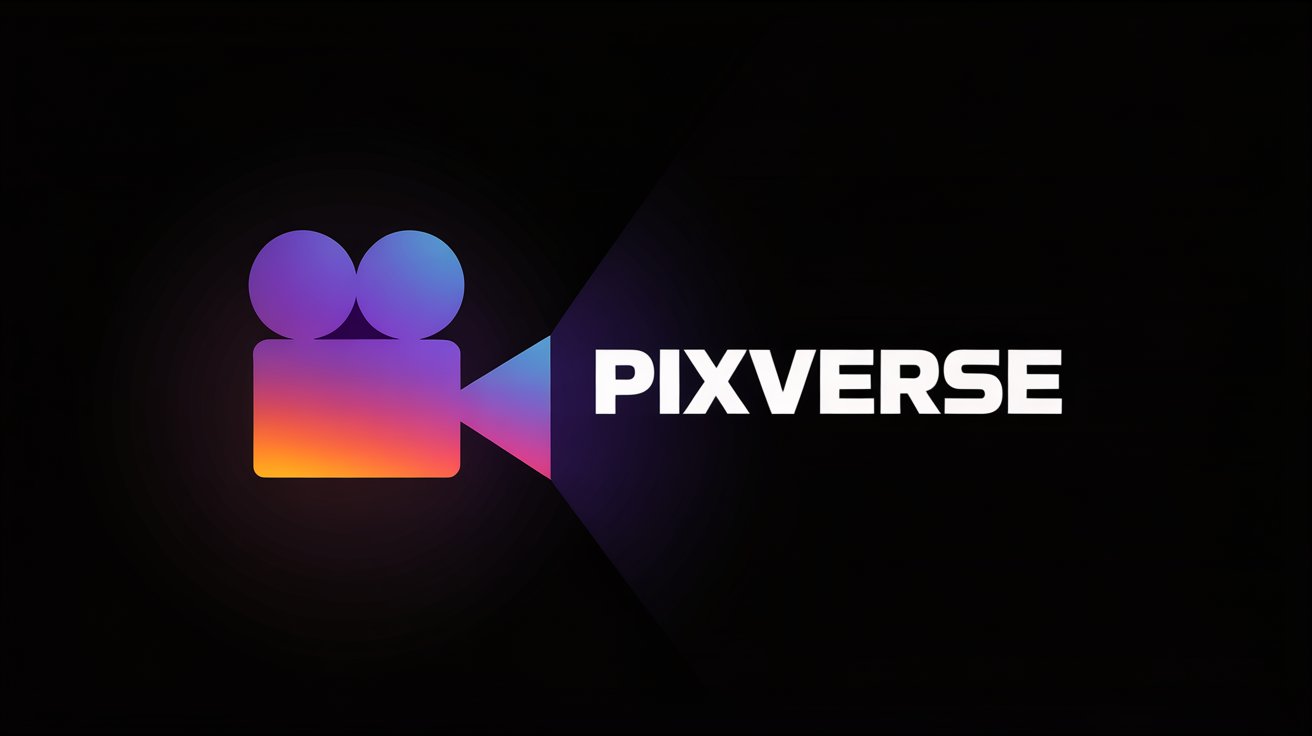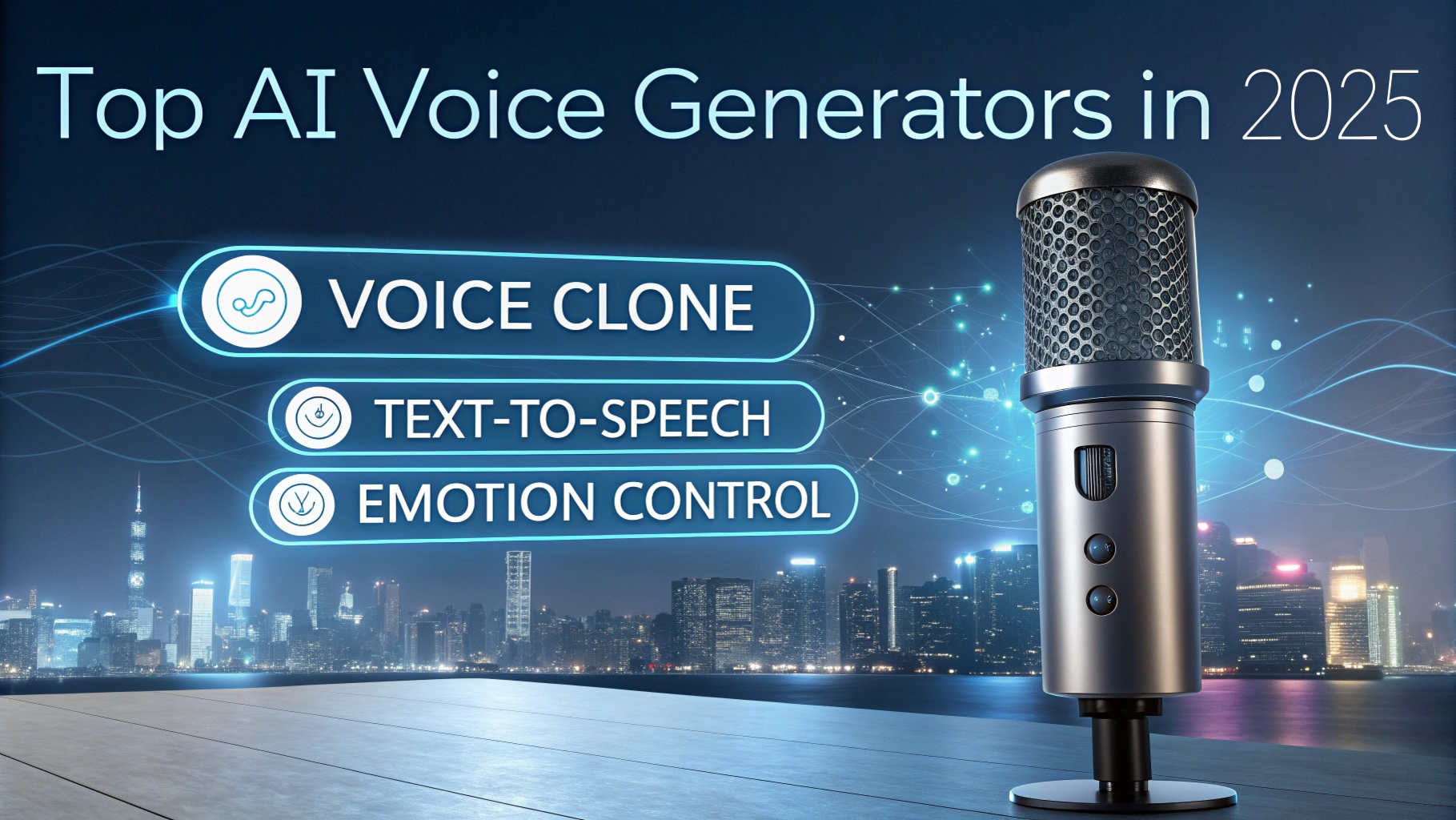Adobe Firefly – Free AI Generator for Creatives in 2025

Adobe Firefly is transforming creative workflows by embedding generative AI directly into its trusted suite of design applications. As the need for high quality digital content escalates across marketing and media.
Firefly stands out by enabling professionals to generate commercially safe images, text effects, and vector graphics from simple prompts.
Its seamless integration within Photoshop, Illustrator, and Adobe Express empowers creators to accelerate their process, from initial concept to final asset.
By allowing users to edit and scale visuals with unprecedented speed while ensuring legal compliance, Adobe Firefly is quickly becoming an essential tool for any modern creative professional or business.
What is Adobe Firefly?
Adobe Firefly is Adobe’s family of creative generative AI models, designed to generate high quality visuals from simple text prompts.
It is not just a single tool but a suite of AI powered features integrated across Adobe’s Creative Cloud applications, including Photoshop, Illustrator, and Adobe Express.
Its primary purpose is to act as a creative co pilot for artists, designers, and marketers, helping them accelerate their workflows, brainstorm ideas, and create commercially safe digital content
Best Features of Adobe Firefly
The power of Adobe Firefly is delivered through a suite of distinct, purpose built features. Each one is designed to enhance a specific part of the creative process, from initial image generation to final edits within professional applications. These core functionalities work together to create a seamless, AI assisted workflow.

1. Commercially Safe Generative Model
Firefly’s foundational feature is its ethical training dataset, which consists of Adobe Stock, open license, and public domain content. This is designed to make its output legally safe for commercial use and to mitigate copyright risks.
2. Generative Fill and Expand
Integrated directly into Photoshop, this functionality allows users to seamlessly add, remove, or replace objects within an image using text prompts.
It also lets users extend the canvas of an image, with Firefly intelligently generating new content that matches the original’s lighting, perspective, and style in a non destructive workflow.
3. Text to Image Generation
This is the core generative capability to create high quality images from descriptive text prompts. The interface provides granular control over content type (Photo or Art), styles, aspect ratio, and visual effects, targeting professional grade output.
4. Generative Recolor
A key feature within Adobe Illustrator that allows users to apply new color themes and palettes to vector graphics from simple text prompts. It instantly generates multiple variations, drastically speeding up the color exploration process for designers.
5. Deep Workflow Integration:
Unlike standalone tools, Firefly’s functionalities are embedded as native features within the Adobe Creative Cloud ecosystem. This allows professionals to use generative AI as a natural extension of their existing workflows in applications they already use daily.
Getting Started with Adobe Firefly: Step-by-Step
There are two primary ways to use Adobe Firefly: through its standalone web application for generating new assets, and directly within Adobe Creative Cloud apps like Photoshop for editing.
Method 1: Using the Firefly Web App
This method is best for creating new images, text effects, or color palettes from scratch.
- Go to the Website: Open your web browser and navigate to the official Adobe Firefly website at firefly.adobe.com.
- Sign In: Log in using your Adobe ID. You can use Firefly with a free plan, which includes a monthly allotment of generative credits.
- Choose a Feature: On the main page, select the tool you want to use. Common options include:
- Text to Image: Create a new image from a description.
- Text Effects: Apply a style to text.
- Generative Recolor: Apply a new color palette to your vector art.
- Write a Detailed Prompt: In the prompt bar, describe what you want to create. Be specific about the subject, setting, and mood.
- Example: A photorealistic image of a vintage red sports car driving on a coastal road during sunset.
- Refine Using the Control Panel: Use the options on the right hand side to fine tune your request. You can adjust the aspect ratio, set the content type (Photo or Art), apply styles (like “Hyper realistic” or “Steampunk”), and control color and lighting.
- Generate and Download: Click the “Generate” button. Firefly will provide four options. You can then download your favorite, create more variations, or edit your prompt to try again.
Method 2: Using Generative Fill in Photoshop
This method is best for editing existing images by adding, removing, or replacing elements.
- Open Your Image: Launch the latest version of Adobe Photoshop and open the image you want to edit.
- Make a Selection: Use any of Photoshop’s selection tools (e.g., the Lasso Tool or Object Selection Tool) to select the area you want to change.
- Use the Contextual Task Bar: A floating bar will appear near your selection. Click the “Generative Fill” button.
- Enter Your Prompt: A prompt box will appear. Type what you want to add to the selection.
- To add something: Type a description like a majestic bald eagle flying.
- To remove something: Simply leave the prompt box blank and click “Generate.”
- Review the Variations: Photoshop will generate three options on a new, non destructive “Generative Layer.” You can cycle through these options in the Properties panel to choose the one you like best.
Adobe Firefly vs. Other AI Design Tools
When comparing Adobe Firefly to other AI powered design tools, its integration with Creative Cloud and focus on commercial safety set it apart. Here’s how it stacks up:
| Feature | Adobe Firefly | Midjourney AI | DALL-E 3 |
|---|---|---|---|
| Integration | Photoshop, Illustrator, Express | Discord | Web, API |
| Commercial Use | Licensed, safe for business | Varies, check terms | Varies, check terms |
| Output Quality | 4K ready, scalable vectors | Ultra HD, stylized | Highly detailed, photoreal |
| Editing Capabilities | Generative fill, text effects | Prompt based variations | Inpainting, prompt editing |
| Style Variety | Extensive, customizable | Artistic, creative | Artistic, photorealistic |
| Ease of Use | Intuitive, beginner friendly | Intermediate | Intermediate |
The Pros and Cons of Adobe Firefly
Evaluating Adobe Firefly requires looking at its unique position in the market. Its strengths are deeply tied to its professional integration and ethical design, while its weaknesses often relate to its more controlled nature.
Pros:
- Commercially Safe: Trained on a licensed dataset, it minimizes copyright risks, making it the safest choice for commercial projects.
- Seamless Workflow Integration: Its features are built directly into Photoshop, Illustrator, and other Adobe apps, enhancing existing workflows rather than disrupting them.
- High Quality Photorealistic Output: Firefly excels at creating believable, high resolution photographic images.
- Game Changing Editing Tools: Generative Fill and Expand are transformative features for photo editors, saving hours of manual work.
- User Friendly Interface: The controls are intuitive and well organized, making it accessible to both beginners and professionals.
Cons:
- Less “Artistically Wild” than Competitors: By default, its output is often more conservative and less stylistically diverse than Midjourney’s.
- The Generative Credit System: The reliance on credits for generation can be a limitation for power users who may burn through their monthly allotment quickly.
- Restrictive Content Filters: Adobe’s safety filters are very strict and can sometimes block the generation of harmless prompts.
- Dependent on the Adobe Ecosystem: Its full power is only realized for those already subscribed to and working within Adobe Creative Cloud.
Adobe Firefly Pricing Explained: The Generative Credit System
Adobe Firefly is not a standalone subscription. Instead, its features are powered by a system of “generative credits,” which are included with most paid Adobe Creative Cloud plans (including Photoshop, Illustrator, and the full suite). Free users also get a monthly allotment of credits.
- How Credits Work: One credit is typically consumed for a standard resolution image generation. Higher resolution outputs or certain other actions may consume more.
- What Happens When You Run Out: If you exhaust your monthly credits, you can still use the generative features, but at a significantly slower speed.
- Buying More Credits: For heavy users, Adobe offers credit packs for purchase, starting from $4.99 for 100 credits.
Beyond Firefly: Top AI Art Alternatives
While Adobe Firefly is a powerful tool, several other platforms offer unique features and strengths. Here are the top alternatives for AI image generation.
1. Midjourney
A premier AI art generator known for its stunning, highly artistic, and stylized images. It operates exclusively on the Discord platform, fostering a vibrant creative community and setting the standard for aesthetic quality.
- Key Features:
- Produces exceptionally high quality, artistic results by default.
- Powerful style (–sref) and character (–cref) referencing for consistency.
- Community driven environment for inspiration and learning.
- Advanced parameters for fine tuning composition and style.
2. DALL-E 3
OpenAI’s flagship model, integrated directly into ChatGPT. It excels at understanding complex, detailed prompts and generating images that literally match the user’s request, making it incredibly user friendly.
Key Features:
- Superior ability to follow long and specific prompt instructions.
- Conversational editing allows you to refine images through simple chat commands.
- Excels at generating legible and accurate text within images.
- Very easy to use with no technical skills needed.
3. Stable Diffusion
An open source AI model that offers unparalleled control and customization. It can be run locally on powerful hardware, allowing users to fine tune models, use community made tools, and maintain complete creative freedom.
Key Features:
- Open source and free to use (hardware costs aside).
- Runs locally for total privacy and control over your creations.
- Endless customization through custom models (checkpoints), LoRAs, and ControlNet.
- Ideal for power users, developers, and those wanting uncensored output.
4. Canva Magic Media
Canva’s integrated suite of AI tools, designed for ease of use within its popular design platform. It’s a direct competitor to Firefly for users who need quick, simple graphics for social media, presentations, and marketing.
Key Features:
- Seamlessly integrated into the Canva design workflow.
- Extremely simple and accessible for non designers.
- Includes text to image and text to video generation.
- Part of a larger suite of “Magic” AI editing tools.
Real World Use Cases for Adobe Firefly
Adobe Firefly’s true power is revealed in its practical applications, which streamline professional workflows and solve common creative challenges. Here are the primary ways it is being used today.
- Photo Editing and Retouching
This is one of Firefly’s most transformative use cases. Using Generative Fill and Expand in Photoshop, photographers and editors can:- Remove unwanted objects: Seamlessly erase tourists, trash cans, or distracting elements from photos.
- Add new elements: Insert clouds into a clear sky, add reflections to water, or place a product into a new background.
- Change or modify details: Alter the color of a subject’s clothing or add accessories.
- Extend image canvases: Convert a portrait oriented photo into a wide landscape image for a website banner.
- Marketing and Ad Creative
Marketers use Firefly to rapidly generate on brand visual content, reducing their reliance on stock photography. Key tasks include:- Creating custom images for social media posts, email newsletters, and ad campaigns.
- Brainstorming different visual concepts for A/B testing.
- Designing unique website banners and hero images that are commercially safe.
- Graphic Design and Illustration
Designers leverage Firefly to accelerate their creative process. This includes:- Using Generative Recolor in Illustrator to instantly explore dozens of color palettes for logos and vector art.
- Creating unique Text Effects for headlines and branding materials.
- Generating textures, patterns, and inspirational mood boards with Text to Image.
- Concept Art and Product Prototyping
For designers in entertainment and product development, Firefly is an incredible ideation tool. They can:- Quickly visualize concepts for characters, environments, or props in video games and film.
- Generate photorealistic mockups of products like sneakers, furniture, or packaging to explore different styles.
Conclusion
Adobe Firefly has successfully carved out a unique and essential space in the AI art landscape. It is not trying to be the most wildly artistic or experimental generator. Instead, it is a thoughtfully designed, professionally focused tool built on a foundation of commercial safety.
Its true power is unlocked when used within the Creative Cloud ecosystem, where features like Generative Fill are fundamentally changing professional creative workflows.
For designers, photographers, and marketers already invested in Adobe’s suite, Adobe Firefly is less of a novelty and more of an indispensable creative partner for the future.






